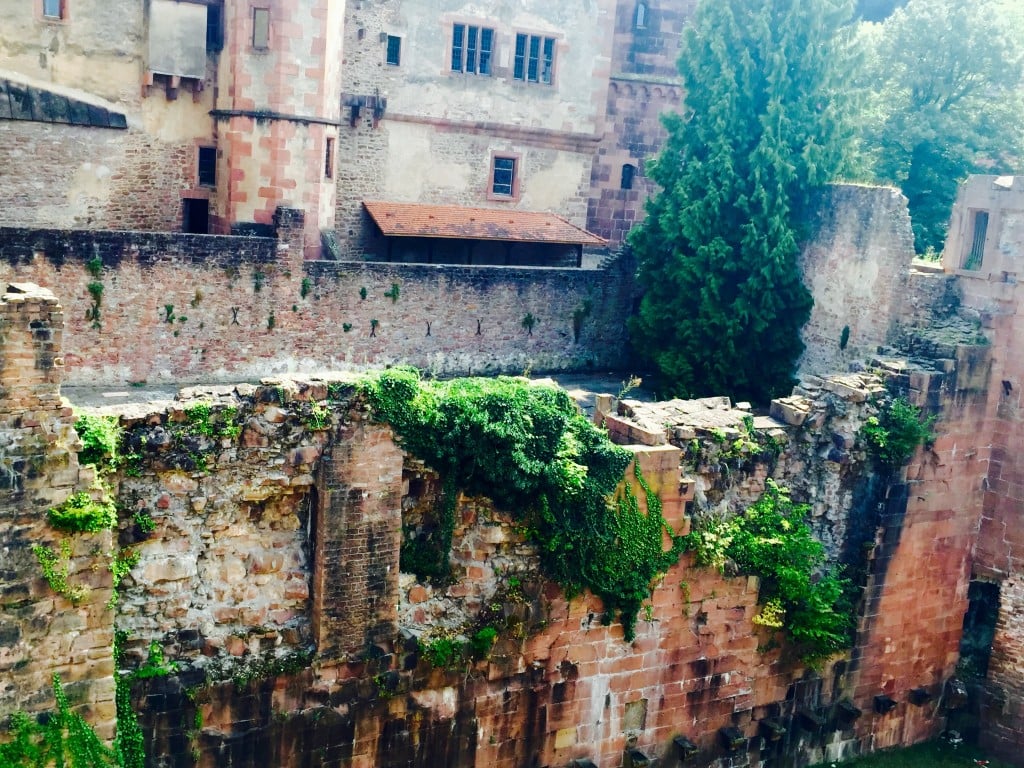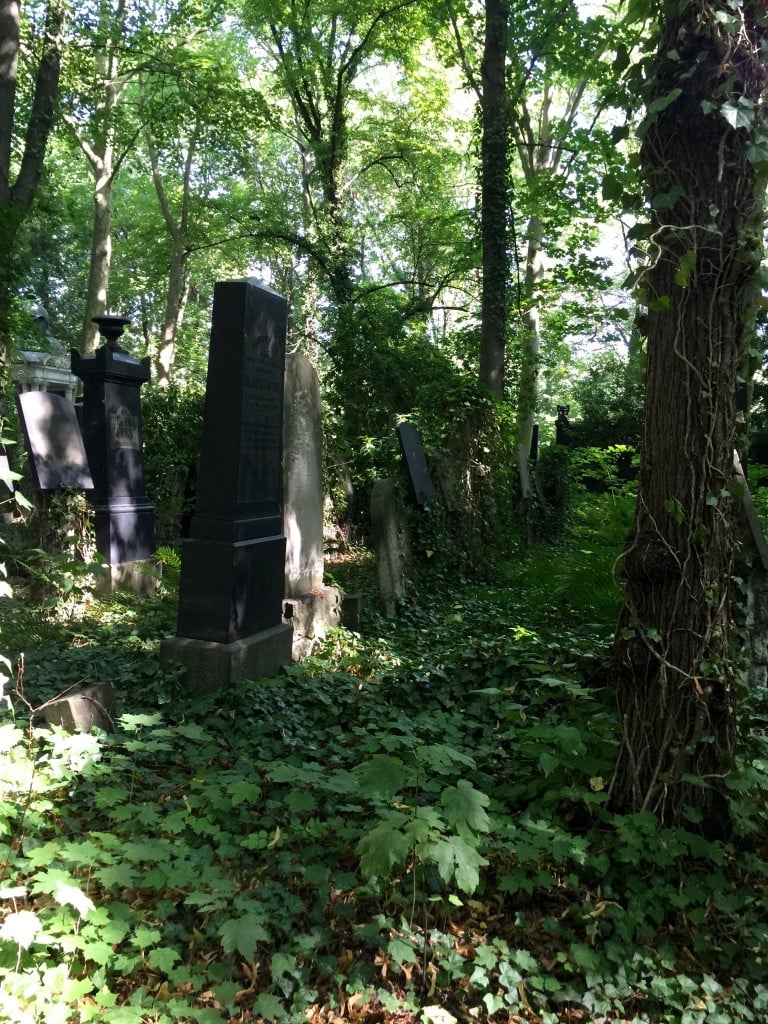Blog Archive
What Should We Remember?
September 1, 2015
How do you manage the enormity of the past? I grappled with this question while on a fellowship with Germany Close Up and Classrooms Without Borders. Germany contains fairytales and castles alongside nightmares spanning centuries of wars, government, and evolving concepts of who belongs. I saw ancient city walls dating back to Charlemagne and parts of the Berlin Wall that divided an East and West Germany until 1989. There were countless memorials to Prussian royalty as well as to the Holocaust. Every corner I turned, juxtaposed the past with the present.
The immensity of the history and vibrant contemporary life overwhelmed me. Berlin has managed to pull off the duel feat of being both a modern city and one that is surrounded by the memorials of its long past. The two crisscross throughout the streets and graffiti. They meet at the memorials, in the debates surrounding them, and in the conversations people have about their meaning. With the recent Charleston church shooting in my mind, I reconsidered the confederate flag debate and America’s own shameful history. Where do we force ourselves to reckon with the past?
In Germany, it was citizens, rather than the government who drove many WWII related memorial projects. In the late 1980s uncomfortable with the lack of memorials, some Germans championed the idea that the future must remember the past and cease to detach from it. These debates led to a variety of projects ranging from large memorials in the city center, to lampposts documenting the gradual removal of rights for Jews, and stumbling stones that mark the residences of the deported. One of my favorite projects is the summer camps, which involve the care of Jewish cemeteries as there few descendants/relatives remaining to perform this caretaking. “This we can do,” remarked one volunteer to me as we walked through the overgrown Jewish Cemetery Weißensee. “We can’t get rid of our past so we do what we can.” Her sentiments echoed those I heard throughout my time in Germany – of the crushing weight of the past on the descendants of its history.
In Worms, I sat in a synagogue first built in the year 1000. It would be destroyed during the 12th century Crusades and in a 14th century pogrom, burned during a 1689 war, used as a horse stable in the 18th century, and blown up in a 1945 air raid. And yet, it stands, seemingly miraculous, like a phoenix from the ashes. Stones, vaulted ceilings, and windows reveal clues to its former incarnations while prayer books translated into Russian tell of its current community life. Like so much of Germany, the layers of history compound and ache. They pressure the present, pulsing questions of dualities, rights, and responsibilities.
These questions are something I regularly consider or are often on my mind. Each day at the Tenement Museum, we connect visitors to America’s complicated relationship with immigration. By elevating the story of the immigrants that lived in 97 Orchard Street, we examine ideas of who belongs and what it means to be American. In Germany I gained new perspectives on these debates and new questions about the role of historic sites and memorials to create spaces for conversations about a country’s past and present.
While the past overwhelms, time moves forward. I wonder how the meaning of the sites and memorials I visited in Germany will change over time and to other people. Will they always feel heavy? Will they be absorbed into the city like the royal buildings and street names of Prussian greats? What will they communicate to the country’s burgeoning immigrant community and to the next generation?
– Post by Miriam Bader, Director of Education at The Lower East Side Tenement Museum

